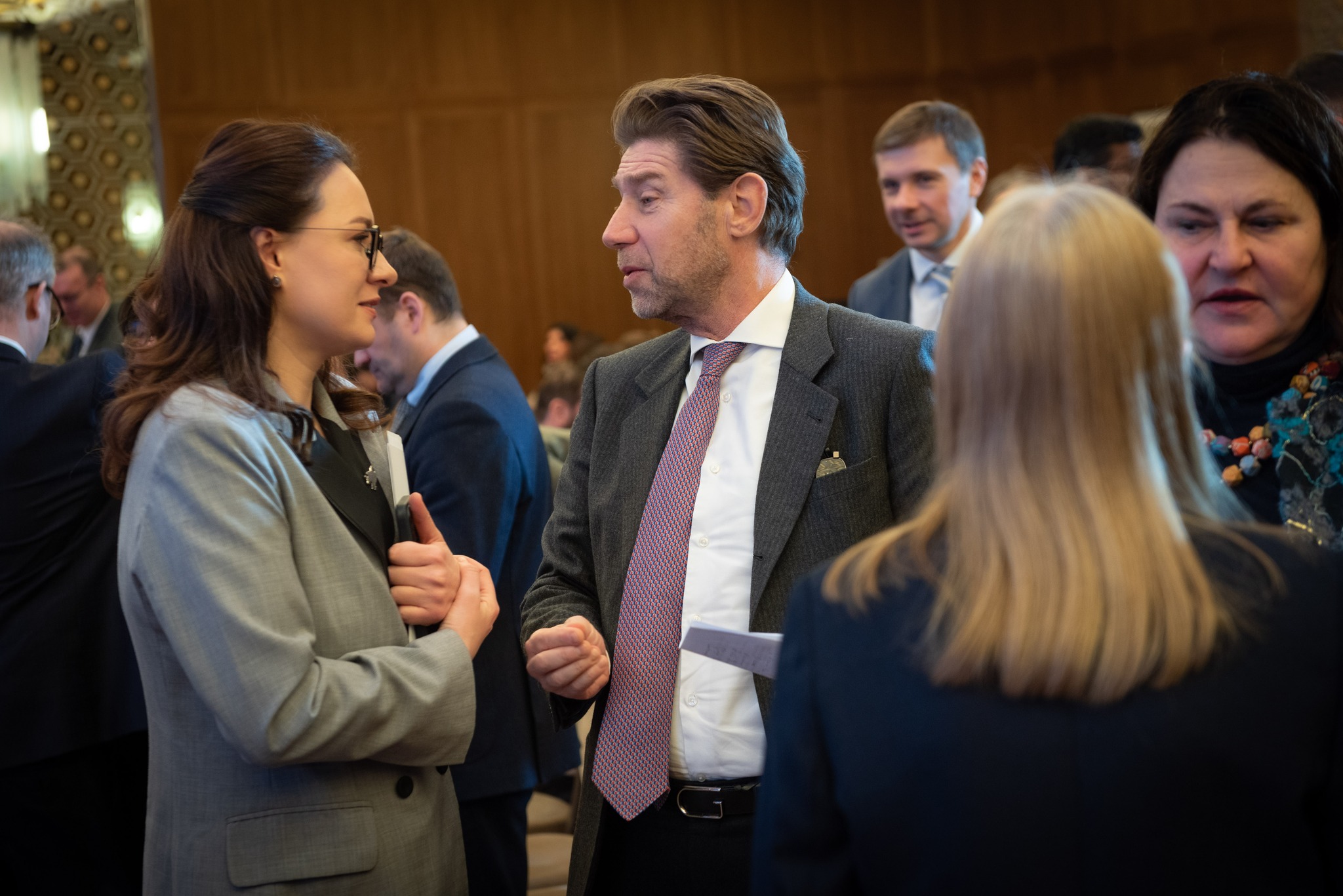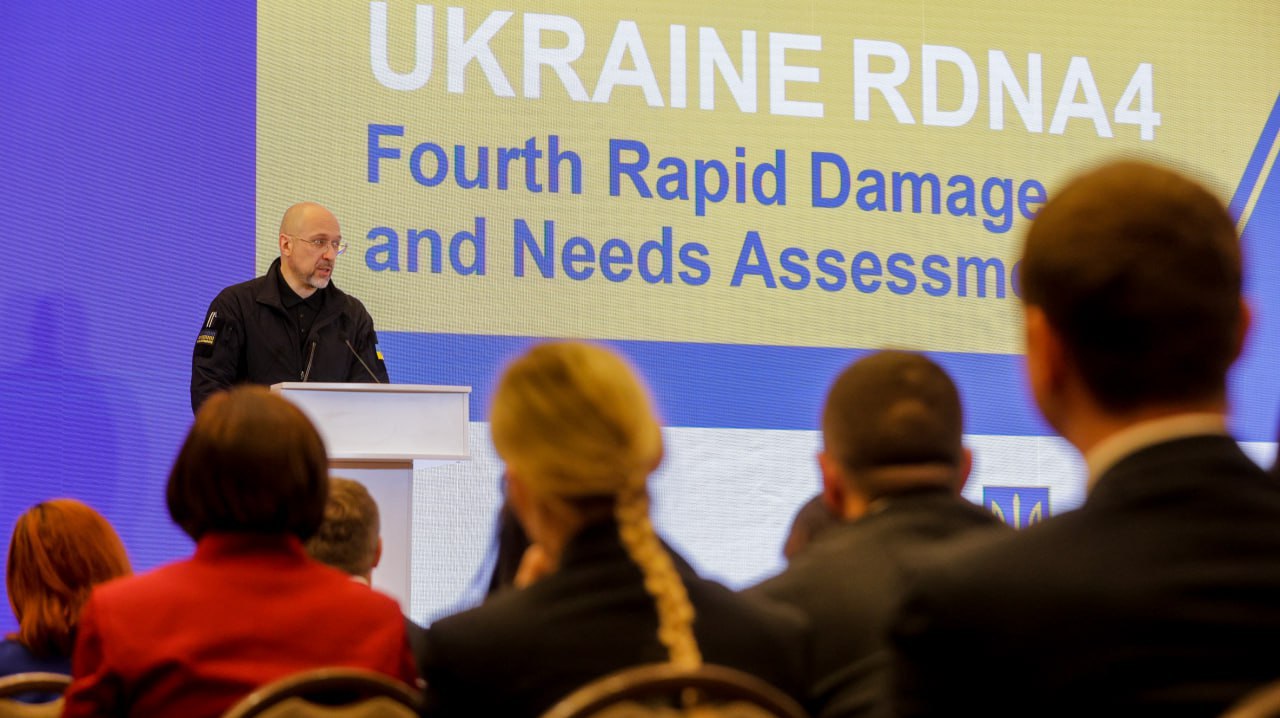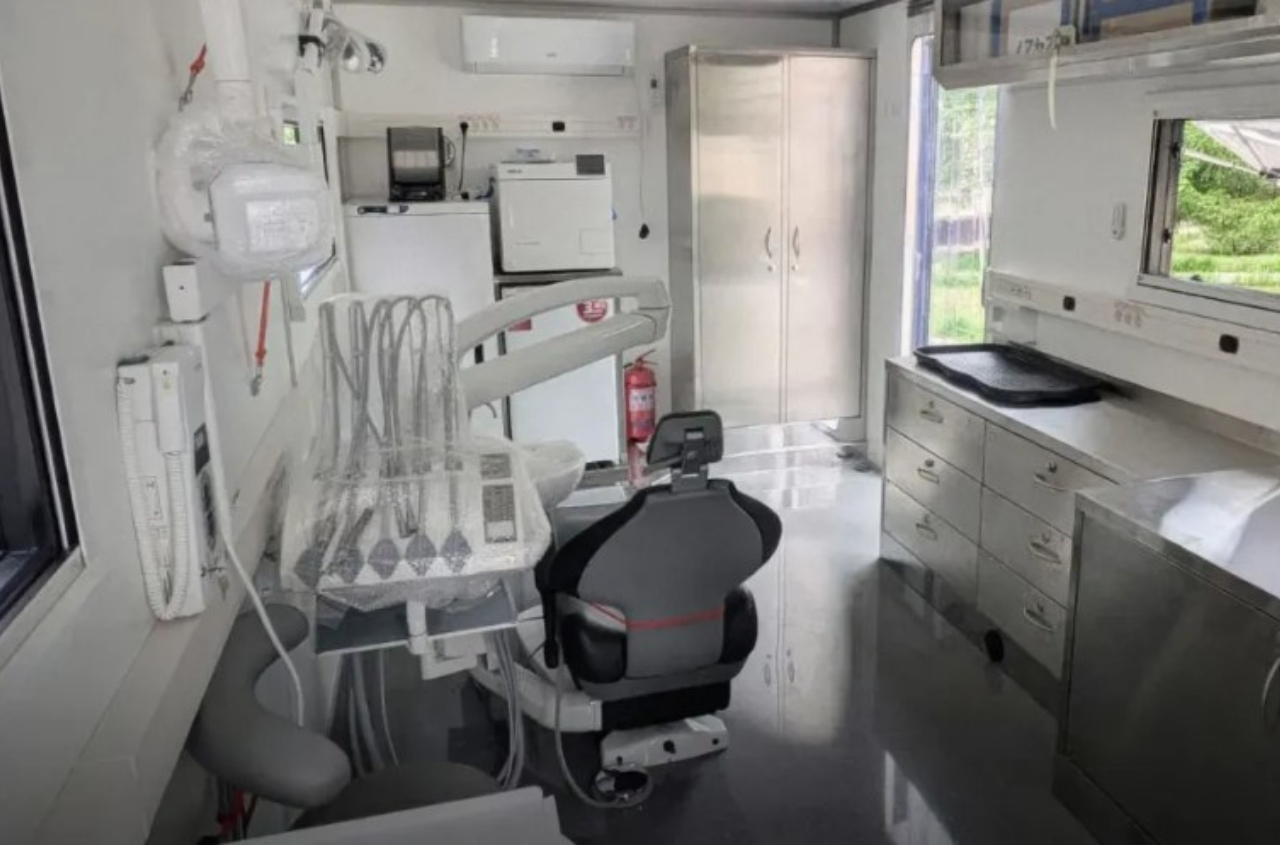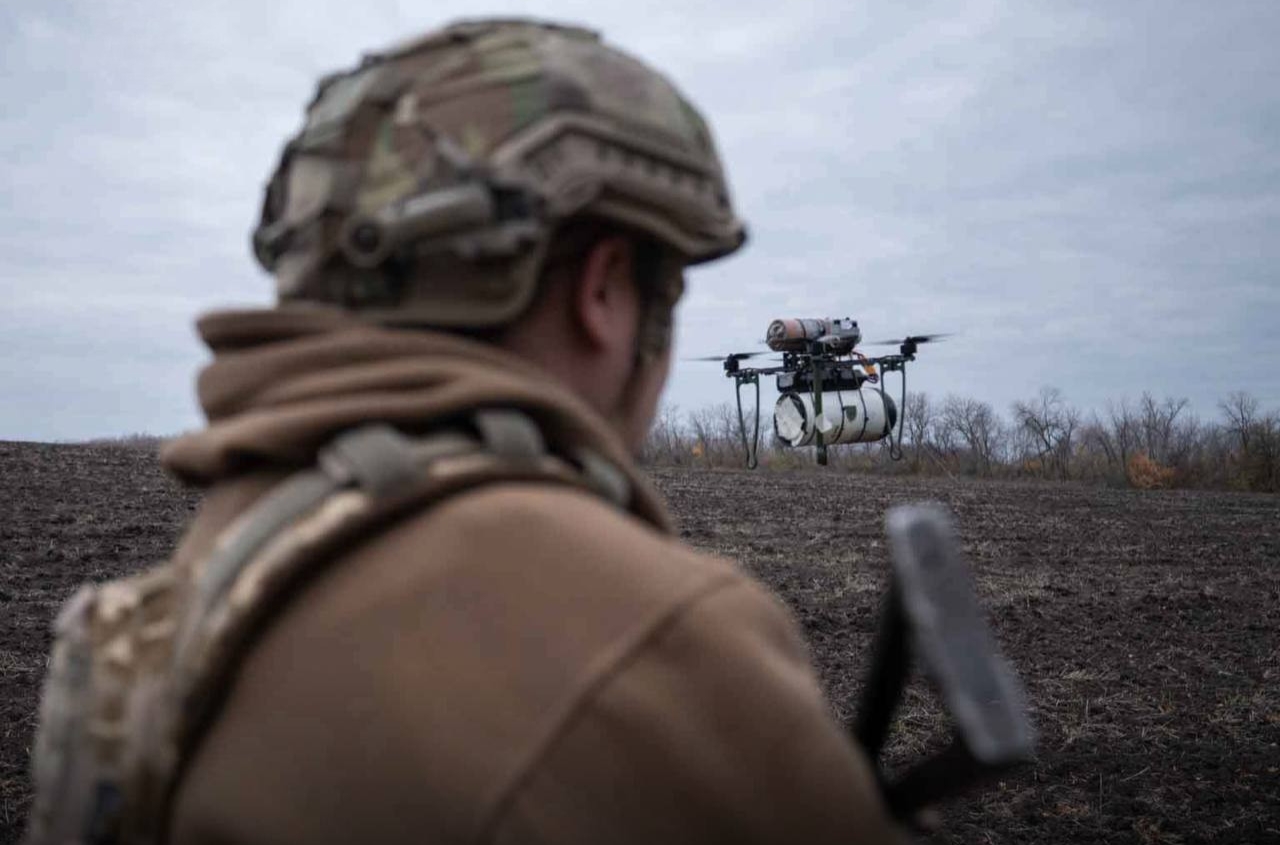On February 25, the Government of Ukraine, the World Bank Group, the European Commission, and the United Nations released the results of the updated Rapid Damage and Needs Assessment (RDNA4). According to the assessment, as of December 31, 2024, the total cost of rebuilding and recovery in Ukraine over the next ten years amounts to $524 billion. This figure is approximately 2.8 times Ukraine’s projected nominal GDP for 2024 and exceeds last year's estimate of $486 billion.
In 2025, with donor support, the Government of Ukraine has allocated $7.37 billion to address priority needs in housing, education, healthcare, social protection, energy, transport, water supply, demining, and civil protection. However, the total funding gap for reconstruction and recovery in 2025 stands at $9.96 billion. Mobilizing the private sector remains critically important for Ukraine’s successful recovery.
*"For the third consecutive year, the Government of Ukraine, with the support of international partners, has been implementing a rapid assessment program that allows us to plan economic recovery more systematically. And we see that the scale of damages continues to grow each year. $524 billion is a colossal sum. We are deeply grateful to our partners for their financial and advisory support. However, we now understand that private sector engagement will be critical for reconstruction. We have developed a range of incentives for the private sector: tax and customs benefits, compensation programs for capital investments, grants, guarantees, and technical assistance from the European Commission under the Ukraine Facility, as well as war risk insurance infrastructure from the *EBRD, DFC, MIGA, and international export credit agencies," stated First Deputy Prime Minister and Minister of Economy of Ukraine Yuliia Svyrydenko.

Damage Assessment and Priority Sectors for Recovery
The RDNA4 assessment shows that direct damage in Ukraine has now reached $176 billion, up from $152 billion last year. The most affected sectors include housing, transport, energy, trade and industry, and education.
13% of the total housing stock has been damaged or destroyed, affecting 2.5 million households.
The number of damaged or destroyed energy facilities has increased by 70% compared to the RDNA3 assessment.
Approximately 72% of the destruction is concentrated in frontline regions—Donetsk, Kharkiv, Luhansk, Zaporizhzhia, and Kherson—as well as Kyiv region.
"This assessment underscores the extraordinary damage Russia has inflicted on Ukraine. The EU is already supporting Ukraine’s reconstruction and recovery by mobilizing more private investments through the Ukraine Investment Framework and helping the country integrate more deeply into the EU Single Market. This will be the foundation for Ukraine's recovery and create new opportunities for both Ukrainian and European businesses," said EU Commissioner for Neighborhood and Enlargement, Marta Kos.
Largest Recovery and Reconstruction Needs:
- Housing sector – nearly $84 billion
- Transport sector – nearly $78 billion
- Energy and extractive industries – nearly $68 billion
- Trade and industry – over $64 billion
- Agriculture – over $55 billion
- Debris clearance and disaster management – $13 billion
Private Sector and International Support
*"Ukraine and its people continue to demonstrate incredible resilience in the face of massive destruction, suffering, and personal losses. This updated assessment reflects Ukraine's progress in *physical and economic recovery, ambitious reform programs, and the significant needs for reconstruction," said Antonella Bassani, Vice President for Europe and Central Asia at the World Bank.
The assessment identifies and excludes over $13 billion in needs across eight sectors that Ukraine has already met with the support of partners and the private sector. In 2024 alone, at least $1.2 billion was allocated for housing recovery from the state budget and donor funds. Emergency repairs were carried out on over 2,000 km of roads, highways, and major infrastructure.
The private sector has also stepped in, with many companies investing in repairs and resilience improvements, including distributed energy solutions such as gas power plants, solar panels, and biogas systems. According to preliminary estimates by IFC, the private sector could potentially cover one-third of total recovery needs, providing a significant supplement to public investment.
*"The true cost of war is measured in human lives and livelihoods. Beyond immediate assistance, we must create opportunities for Ukrainians to rebuild their lives with dignity. This means investing in decent jobs, education, healthcare, and prioritizing vulnerable populations—including women and girls, children, displaced persons, Roma communities, war veterans, and persons with disabilities. The path forward requires *strengthening partnerships, reducing investment risks, and a firm commitment not only to institutional recovery but also to restoring the social fabric of communities affected by the war," emphasized UN Resident Coordinator in Ukraine, Matthias Schmale.

Recovery and Ukraine’s EU Accession
The RDNA4 assessment also highlights that prioritizing recovery and reconstruction investments will be essential for Ukraine's EU accession and long-term resilience. These efforts aim to restore the country's infrastructure, revive its economy, and strengthen institutions in line with EU standards.
Background
The Fourth Rapid Damage and Needs Assessment (RDNA4) was conducted by the World Bank, the Government of Ukraine, the European Union, and the United Nations. It builds on three previous joint assessments and incorporates additional analytical research. The report includes the "Build Back Better" (BBB) approach and principles of green, resilient, and inclusive reconstruction.
Like previous assessments, RDNA4 analyzes the war’s impact on vulnerable groups (displaced persons, veterans, persons with disabilities, etc.) and outlines short-term recovery priorities for 2025. It aligns with the Ukraine Facility investment framework and Ukraine’s EU integration roadmap.




















